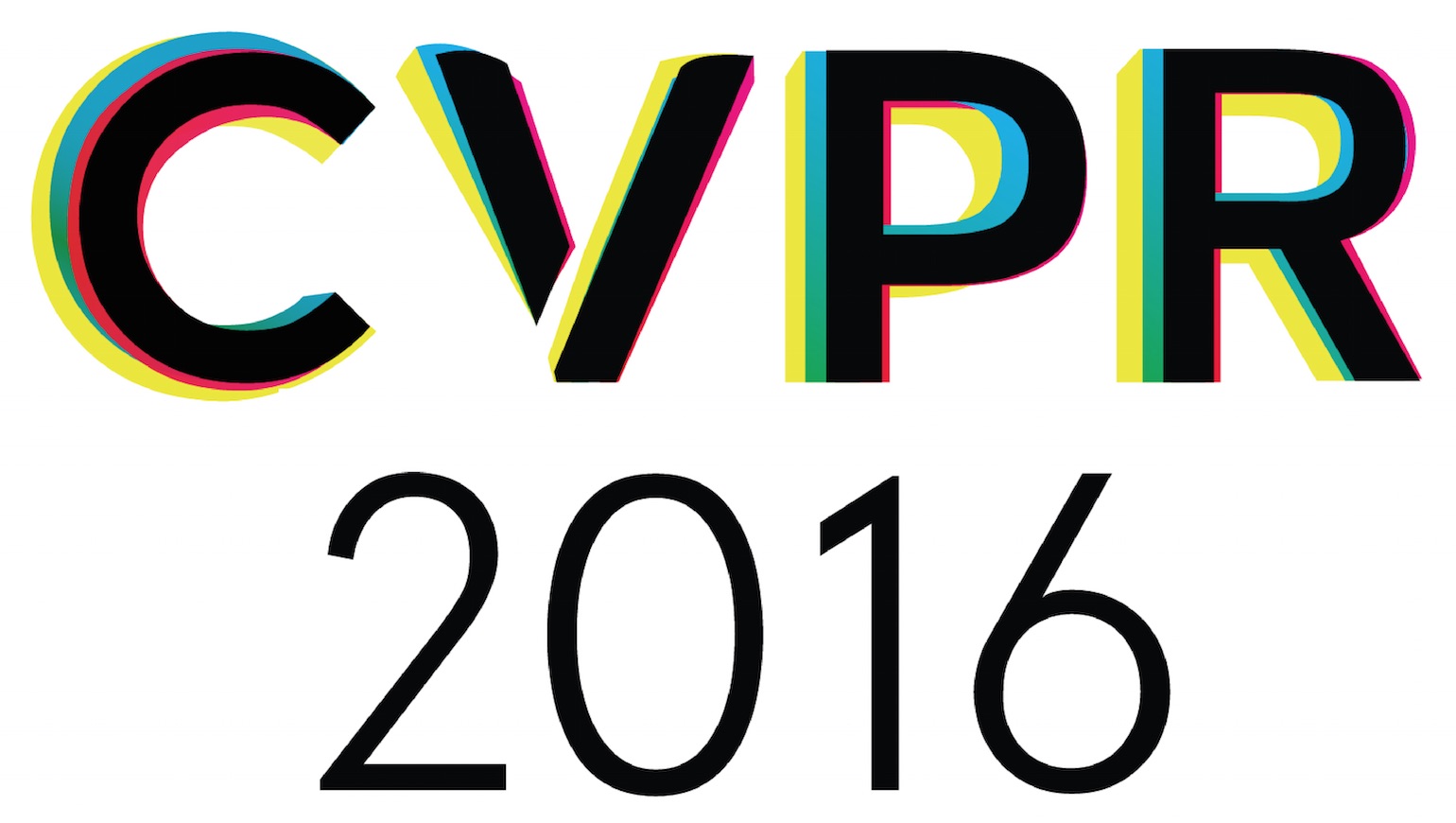-
Deep Features or Not: Temperature and Time Prediction in Outdoor Scenes
AbstractIn this paper, we study the effectiveness of features from CNNs for predicting the ambient temperature as well as the time of the year in an outdoor scene. We follow the benchmark provided by Glasner etal. one of whose findings was that simple hand-crafted features are better than the deep features (from fully connected layers) for temperature prediction. As in their work, we use the VGG16 architecture for our CNNs, pretrained for classification on ImageNet. Our findings on the temperature prediction task are as follows. (i)The pooling layers provide better features than the fully connected layers. (ii)The quality of the features improves little with finetuning of the CNN. (iii)Our best setup significantly improves over the results from Glasner et al. showing that the deep features are successful in turning a camera into a crude temperature sensor. Moreover, we validate our findings also for time prediction and achieve accurate season, month, week, time of the day, and hour prediction.
Related Material
[pdf][bibtex]@InProceedings{Volokitin_2016_CVPR_Workshops,
author = {Volokitin, Anna and Timofte, Radu and Van Gool, Luc},
title = {Deep Features or Not: Temperature and Time Prediction in Outdoor Scenes},
booktitle = {Proceedings of the IEEE Conference on Computer Vision and Pattern Recognition (CVPR) Workshops},
month = {June},
year = {2016}
}
These CVPR 2016 workshop papers are the Open Access versions, provided by the Computer Vision Foundation.
Except for the watermark, they are identical to the accepted versions; the final published version of the proceedings is available on IEEE Xplore.
Except for the watermark, they are identical to the accepted versions; the final published version of the proceedings is available on IEEE Xplore.
This material is presented to ensure timely dissemination of scholarly and technical work.
Copyright and all rights therein are retained by authors or by other copyright holders.
All persons copying this information are expected to adhere to the terms and constraints invoked by each author's copyright.

